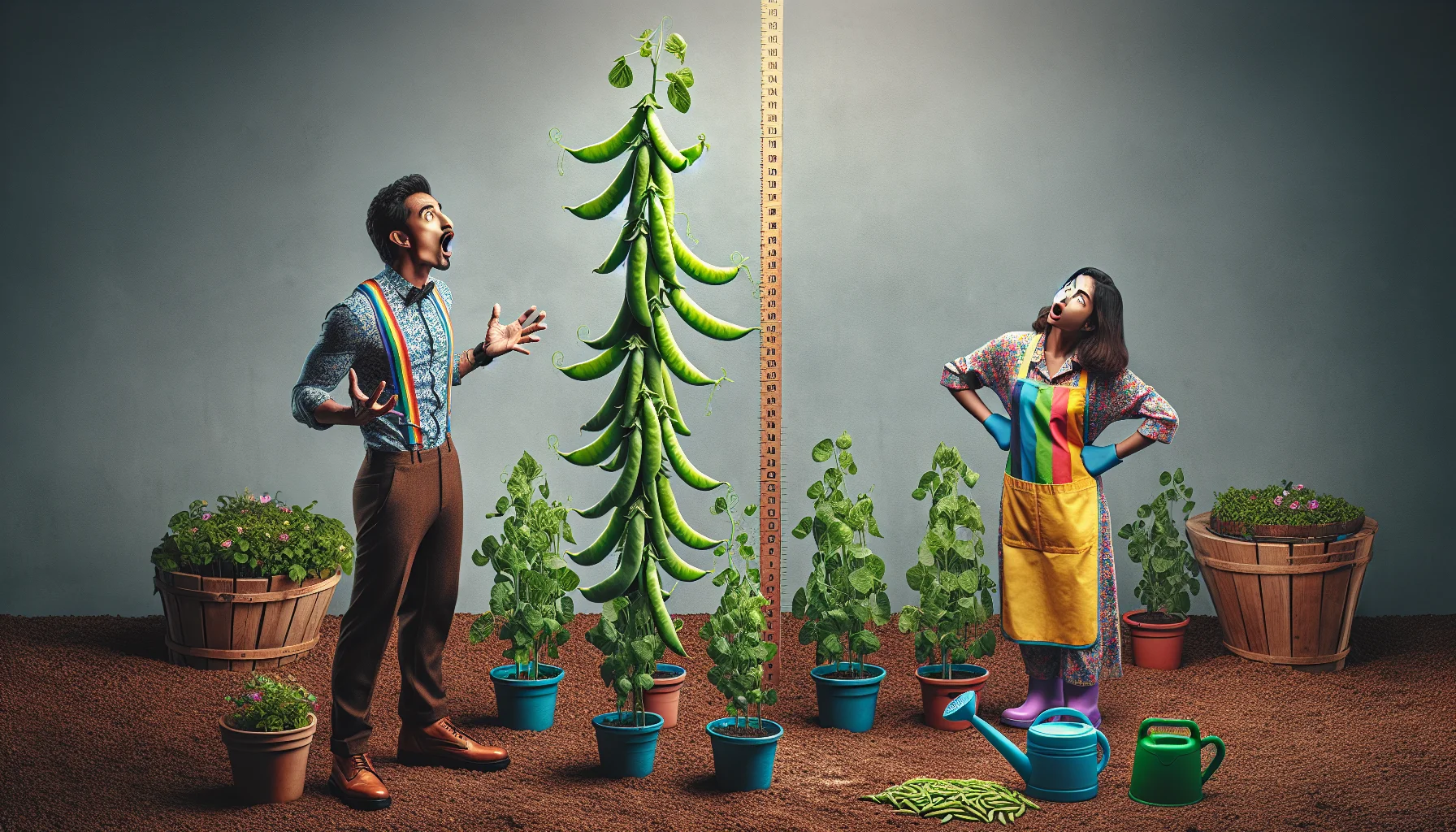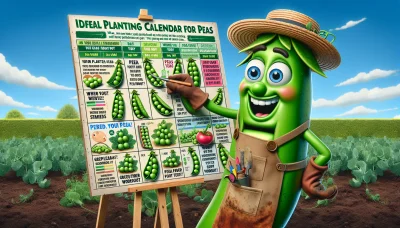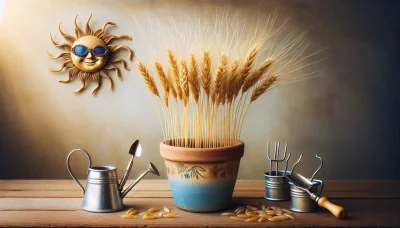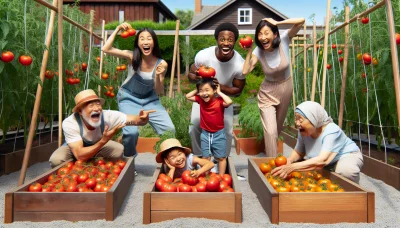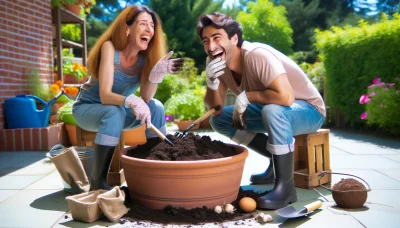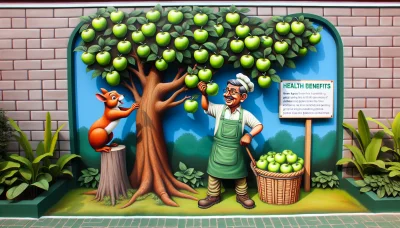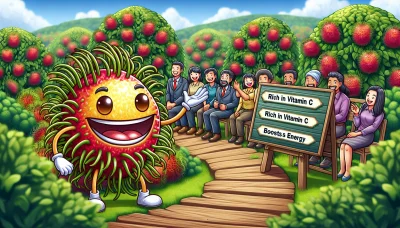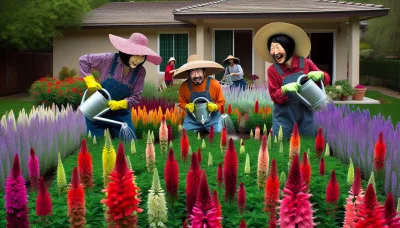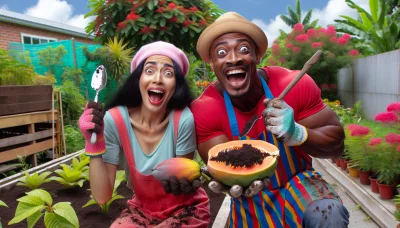How tall do sugar snap peas grow Quiz
Test Your Knowledge
Question of
How Tall Do Sugar Snap Peas Grow?
Sugar snap peas are a popular choice among gardeners for their sweet, crunchy pods and ease of growth. Typically, these plants can reach heights varying from 18 inches to 6 feet, depending on the variety and the conditions in which they are grown. Most sugar snap peas are climbing plants and will require support in the form of a trellis or stakes to encourage vertical growth and maximize yield. The height of the plant can significantly influence its productivity, with taller varieties often producing more pods. Proper planting, including spacing and depth, alongside regular watering and the provision of a full sun location, can help ensure that sugar snap peas reach their full growth potential.
Ideal Conditions for Growing Sugar Snap Peas
Sugar snap peas thrive in a variety of conditions but there are specific requirements that can help optimize their growth. For soil, they prefer well-drained, fertile soil with a neutral pH. Adding compost to the soil before planting can improve its quality and support healthy pea growth. Climate-wise, sugar snap peas are cool-season crops that grow best in temperatures between 55°F and 65°F (13°C to 18°C). They should be planted in early spring or late winter in areas where the soil can be worked and after the last frost. As for sunlight, these peas need full sun, meaning at least 6 to 8 hours of direct sunlight per day. However, in warmer climates, they can benefit from partial shade that helps protect them from the afternoon heat. Meeting these conditions will help ensure a bountiful harvest of crisp, sweet sugar snap peas.
Planting and Care Guide for Sugar Snap Peas
- Choosing a Site: Select a sunny spot with well-draining soil. Sugar snap peas prefer cool temperatures and can be planted in early spring.
- Soil Preparation: Work the soil to a fine texture, about a foot deep, and mix in compost to enrich it.
- Sowing Seeds: Plant seeds 1 inch deep and 2 inches apart in rows. Space rows about 18 inches apart. Water gently after planting.
- Support Structures: Since sugar snap peas are climbers, provide support such as a trellis or fence for them to grow on.
- Watering: Keep the soil consistently moist but not waterlogged. Water at the base of the plants to avoid wetting the foliage.
- Weeding: Carefully weed around the plants to prevent competition for nutrients and water.
- Fertilizing: Apply a low-nitrogen fertilizer once the plants are 6 inches tall to encourage growth.
- Harvesting: Harvest sugar snap peas when the pods are plump but before they start to harden. Regular harvesting encourages more pod production.
- Pest and Disease Management: Monitor for common pests such as aphids and use appropriate organic methods to control them. Keep the area around the plants clean to reduce disease risk.
Common Challenges in Growing Sugar Snap Peas
Growing sugar snap peas can be a rewarding experience for any gardener, but it comes with its set of challenges. One of the most common issues faced is dealing with pests such as aphids, which can quickly infest plants, sucking sap and transmitting diseases. Pea weevils are another concern, as they lay eggs inside the pods, affecting the quality of the peas. Diseases like powdery mildew and root rot can also pose significant problems, especially in damp conditions or when plants are not properly spaced to allow for adequate air circulation. Furthermore, sugar snap peas require a support system to grow effectively, and failure to provide one can result in lower yields and increased susceptibility to diseases and pests. Overcoming these challenges requires vigilance, proper planning, and adopting appropriate gardening practices.
Harvesting Your Sugar Snap Peas
To ensure the best flavor and yield from your sugar snap peas, timing and technique are key. Begin to check your plants for harvestable pods about 3 weeks after the plants begin flowering. The pods should be plump, bright green, and easily snap when bent. This usually occurs when they are about 2-3 inches long. Harvesting early in the morning when temperatures are cooler will result in crisper peas. Gently hold the vine with one hand and pull the pea off with your other hand to avoid damaging the plant. Regular harvesting encourages the plant to produce more pods, so don’t hesitate to pick them as soon as they’re ready. If left on the vine too long, the peas can become tough and lose their sweet flavor, so timely harvesting is essential for enjoying the best-tasting peas.
Storing and Preserving Sugar Snap Peas
To store fresh sugar snap peas, keep them in a plastic bag in the refrigerator's crisper drawer. They should last for about a week. For longer-term preservation, blanch the peas for 1-2 minutes, then plunge them into ice water to stop the cooking process. Drain them well and pack into airtight containers or freezer bags before freezing. This method can preserve their quality for up to 8 months.
FAQs on Growing Sugar Snap Peas
| Question | Answer |
|---|---|
| When is the best time to plant sugar snap peas? | Sugar snap peas thrive in cooler temperatures, so the best time to plant them is in early spring as soon as the soil can be worked. They can also be planted in late summer for a fall harvest in some regions. |
| Do sugar snap peas need full sun? | Yes, sugar snap peas produce best in full sun, which means they need at least 6 hours of sunlight per day. However, they can tolerate partial shade, especially in warmer climates. |
| How much water do sugar snap peas need? | Water sugar snap peas regularly to keep the soil moist but not waterlogged. They typically require about 1 inch of water per week, either from rainfall or irrigation. |
| What kind of support do sugar snap peas require? | Sugar snap peas are climbing plants and need support to grow upwards. Provide a trellis, fence, or stakes at planting time for the vines to climb on as they grow. |
| How do I know when sugar snap peas are ready to harvest? | Sugar snap peas are ready to harvest when the pods are plump and bright green. The peas inside should be visible, but the pods should still be tender. Harvesting regularly encourages the plants to produce more pods. |
| Can sugar snap peas be grown in containers? | Yes, sugar snap peas can be successfully grown in containers. Choose a pot that is at least 8 inches deep and provide a support structure for the vines. Ensure the container has good drainage. |
| How do I protect sugar snap peas from pests? | Keep an eye out for common pests such as aphids and pea weevils. You can protect the plants with insect netting or by introducing beneficial insects like ladybugs. Practice crop rotation to prevent soil-borne diseases. |
